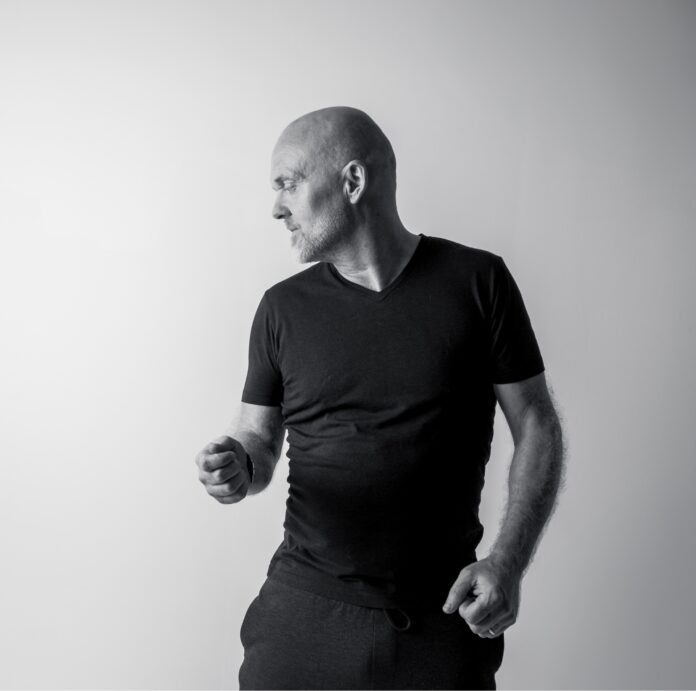Legendary animator Yasuo Otsuka passed away on March 15, 2021, at the age of 89. He lived a full life doing what he loved: drawing and animating. Otsuka built a career that leaves a lasting imprint on the anime industry as a whole, using his own unique "constructed realism" that was a perfect match for anime production. He spent much of his career alongside other anime greats, like Hayao Miyazaki and Isao Takahata, while working for various reputable production companies. Though his loss is great and the anime production world suffers from it, Otsuka left behind an enduring legacy that will not be lost to time.
Otsuka was born in Shimane Prefecture in 1931. From a young age, he took an interest in machines, especially locomotives. He quickly got into the practice of drawing them and delved more into the study of drawing, learning new and different styles. Although he wanted to be a political cartoonist in Tokyo, he needed permission to work in the city. He ended up becoming an assistant drug control officer before moving into animation full time.
In 1956, Otsuka saw an advertisement from Toei looking for applications from animators. He applied and quickly passed the test, starting work on Tale of the White Serpent alongside Yasuji Mori and Akira Daikubara. Now that the embers were started, Otsuka wanted to fan the flame of his curiosity for animation and sought out more information on the subject. During this time he started to develop his own style, famously seen in 1959's Magic Boy. In it, his animation of a skeleton was misinterpreted as comical instead of dark and scary because of his realist approach. This was the start of Otsuka's "constructed realism," a style that defined his career as an animator. He brought real anatomy and precise details to his characters, straying away from the typical cartoony-look that was standard at the time.
His talent did not go unnoticed for long. Yutaka Fujioka took interest in Otsuka's work and invited him to work on the Lupin project, especially after noting his interest in drawing cars and machines. Leaving Toei for what would become TMS Entertainment, Otsuka started working for Tokyo Movie on the massive Lupin project. Throughout his years working on this project, his work became idolized and set a new standard in the animation industry.
During this time, Otsuka inspired the other creators around him, including Hayao Miyazaki, who worked with him as a director on Lupin III: The Castle of Cagliostro, among other Lupin projects. His animation style became signature to the Lupin films, with his car designs becoming an iconic part of both the television show and the films. Otsuka spent over 40 years on the Lupin projects, dedicating most of his life to harnessing his craft and cementing his style in the annals of anime film history.
In addition to his actual animation work, Otsuka also wrote several books on the anime industry of the 1960s and 1970s. One of them, Sakuga Asemamire, is considered to be an essential resource on the anime industry during this time. His books provide context on the work being produced at the time, allowing people to further analyze and draw connections that otherwise would be hidden in the depths of history.
After his creative work, Otsuka worked as an advisor to Telecom Animation Film from 2003 onwards. Before this, he recruited expert animators and became a teacher for the ones already hired. From his creative edge to his generous sharing of knowledge, Yasuo Otsuka made sure his talent and legacy didn't end with his death. In reality, his incredible career and the contributions he made to the anime industry have never been more important.


